Tunnels might be the most intriguing type of infrastructure out there. Urban explorers crave them, they’re hidden and shrouded in mystery, and we all have a bit of curiosity about how they’re built and work, whether that tunnel is for transportation, a sewer, or finding clean water.
Which is why the above video and the photos below are so captivating. While the video up top was filmed in July 2015, it’s new to us, and it might be new to you as well. Or else it’s worth another watch.

The 1,700-foot-long tunnel is Kentucky’s second longest, behind the mile-long Cumberland Gap Tunnel. Louisville’s tunnel burrows under a historic property on its way to the East End Bridge.
For a more updated view of what the tunnel looks like, flip through the photos above, arranged in order of construction sequence. The series brings us to December 2015. As you can see, following blasting, raw limestone walls are exposed in the tunnel. Eventually, a waterproofing membrane was installed, followed by extensive rebar work, and finally the concrete outer layer. The last image in the gallery is a rendering of the final tunnel.
While we’re at it, take a look at the tunnel entrance, what engineers are calling the portal, which is over 60 feet below grade.
For more information on construction of the tunnels, check out the video below, which uses the above photos but explains a bit more detail.

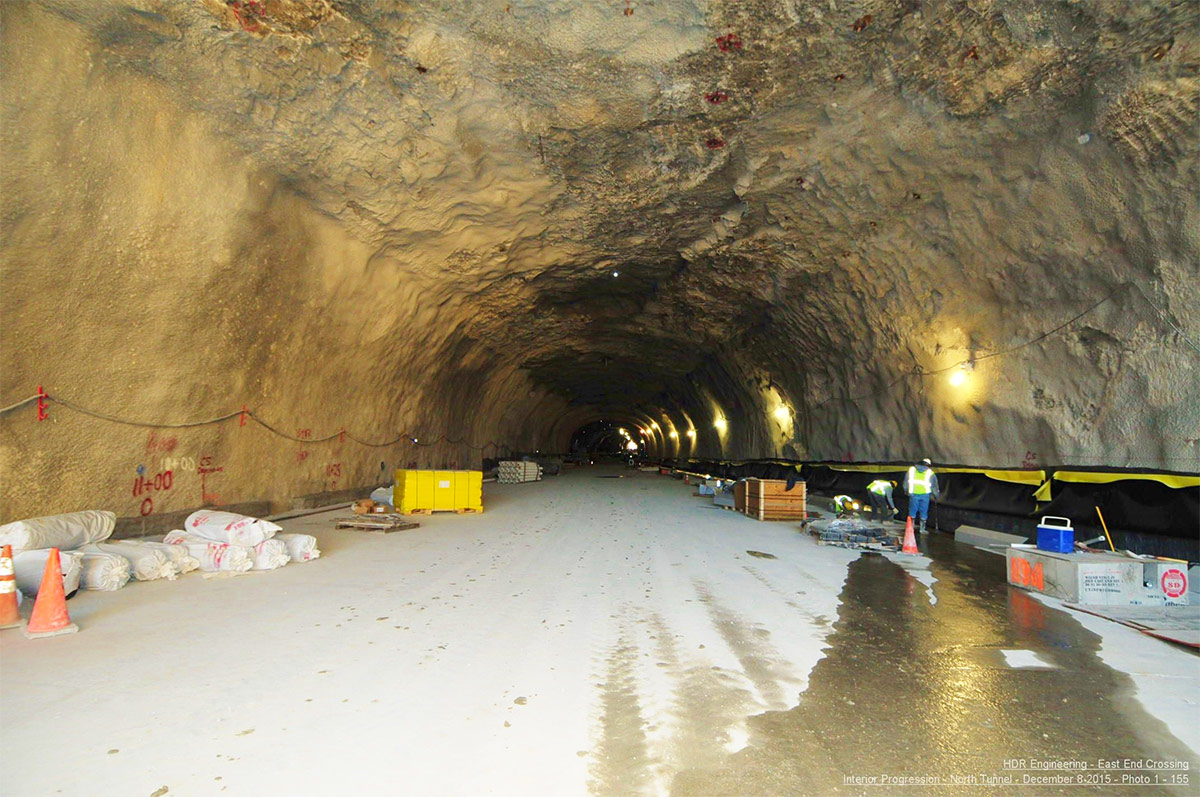
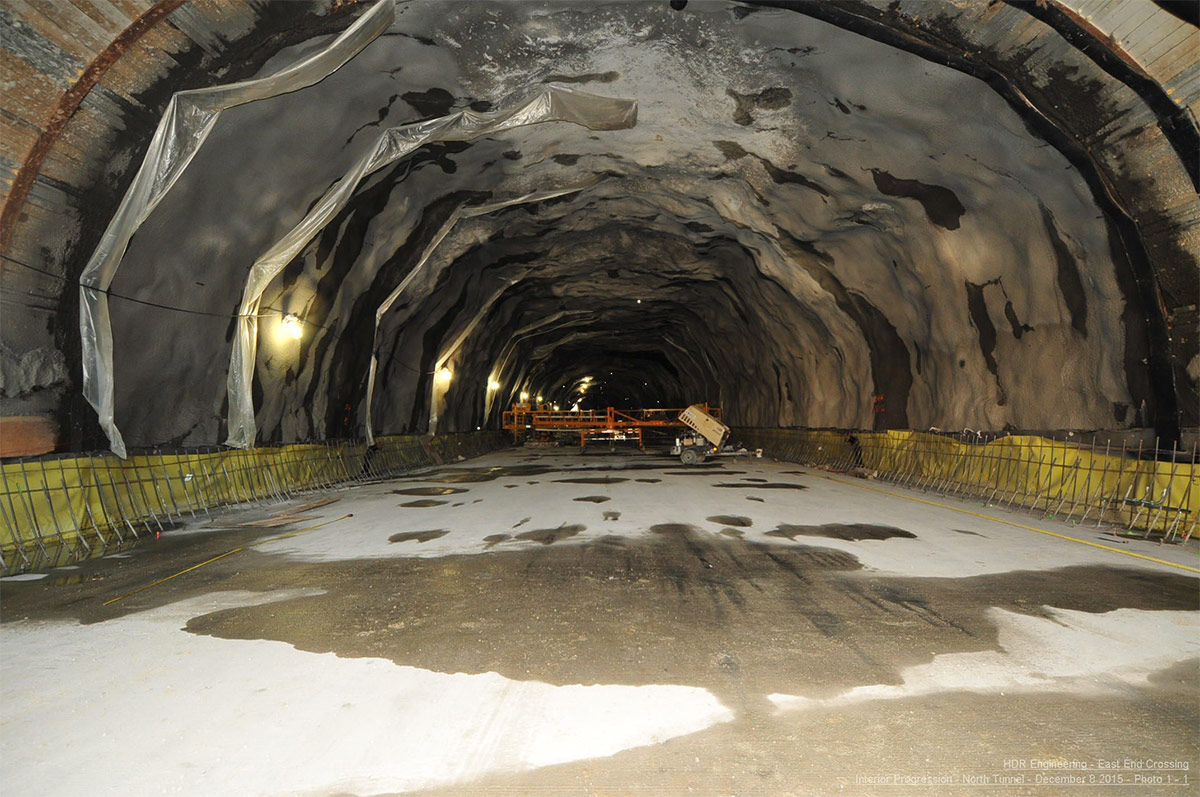
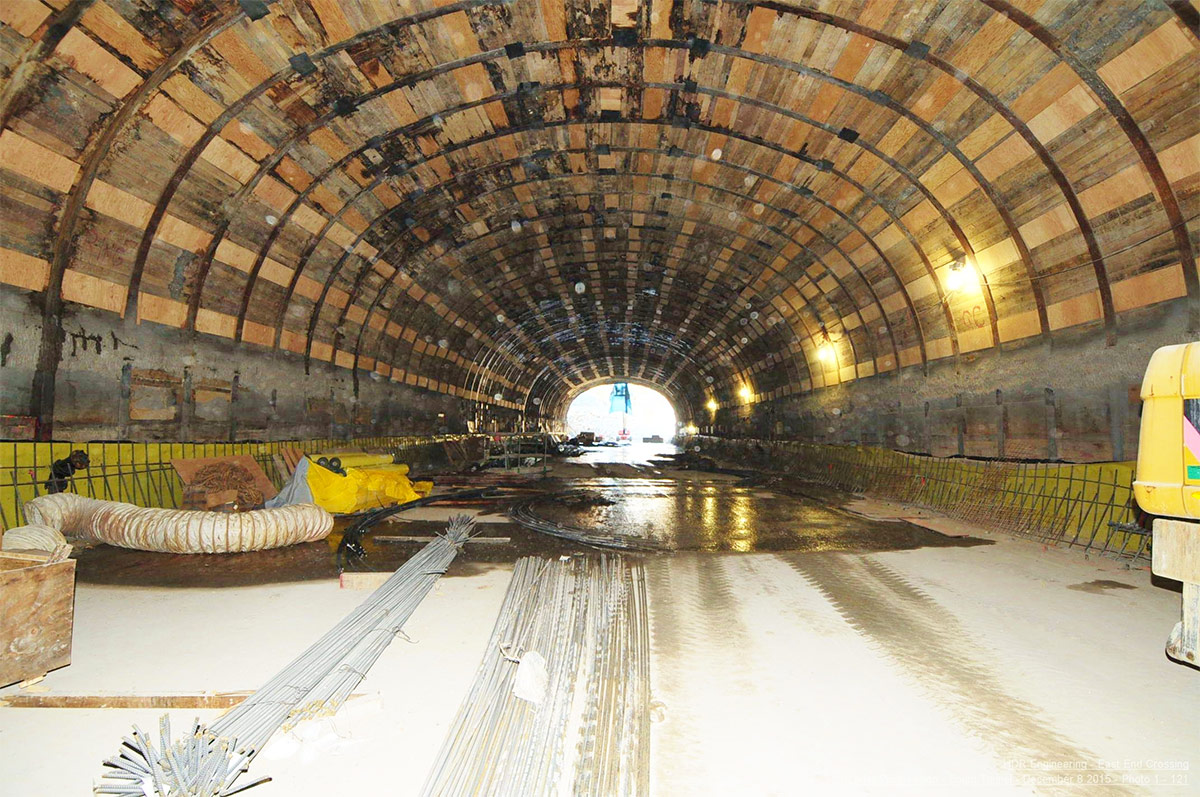

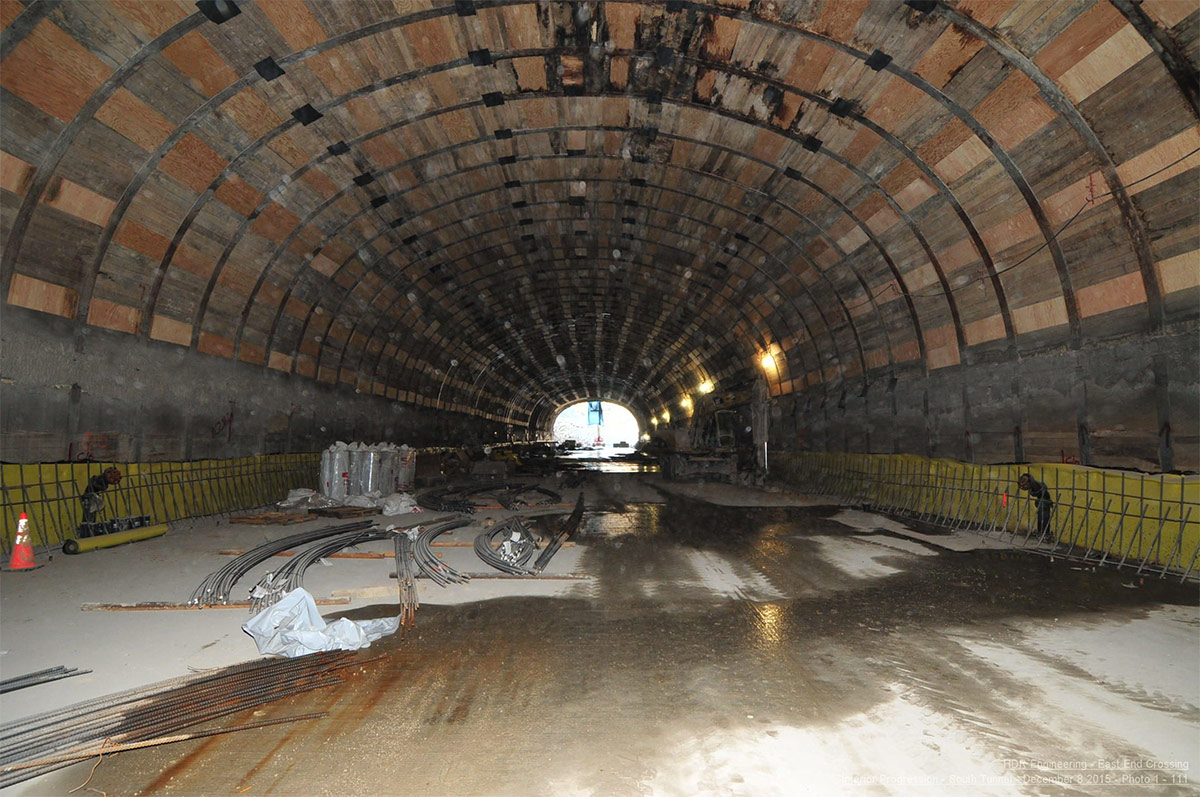


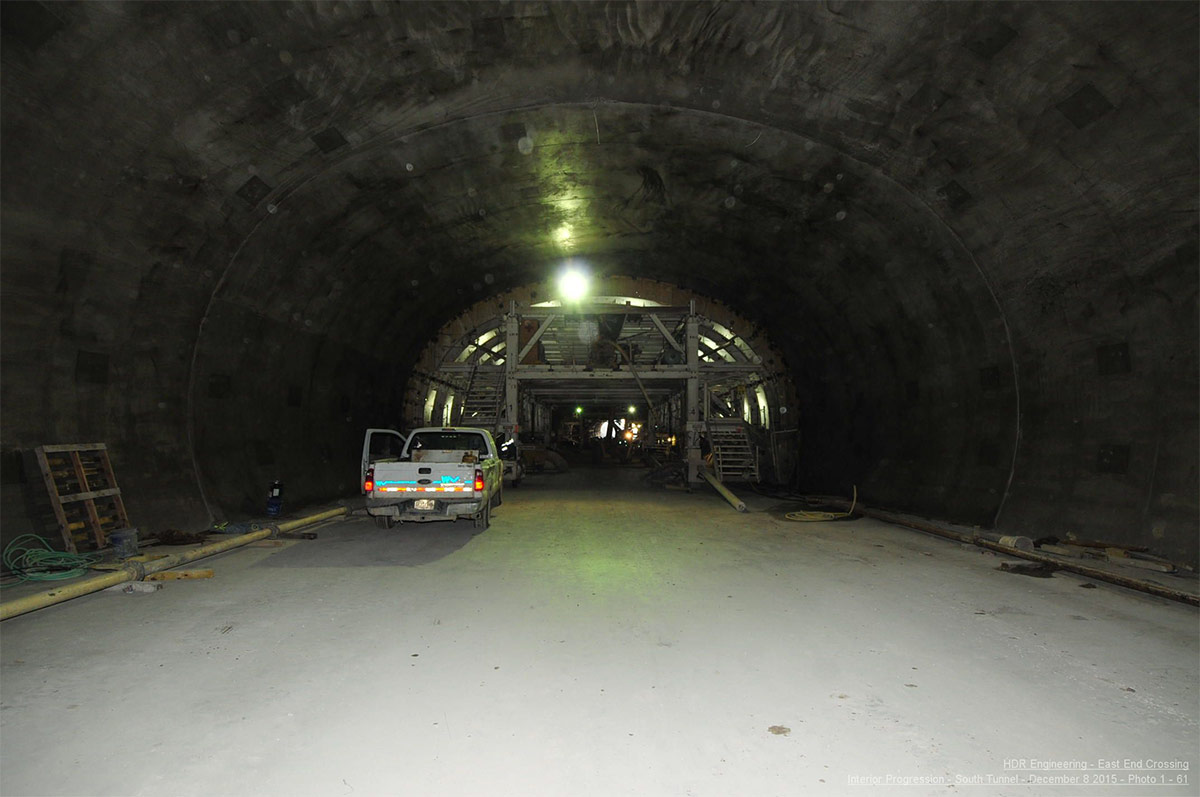
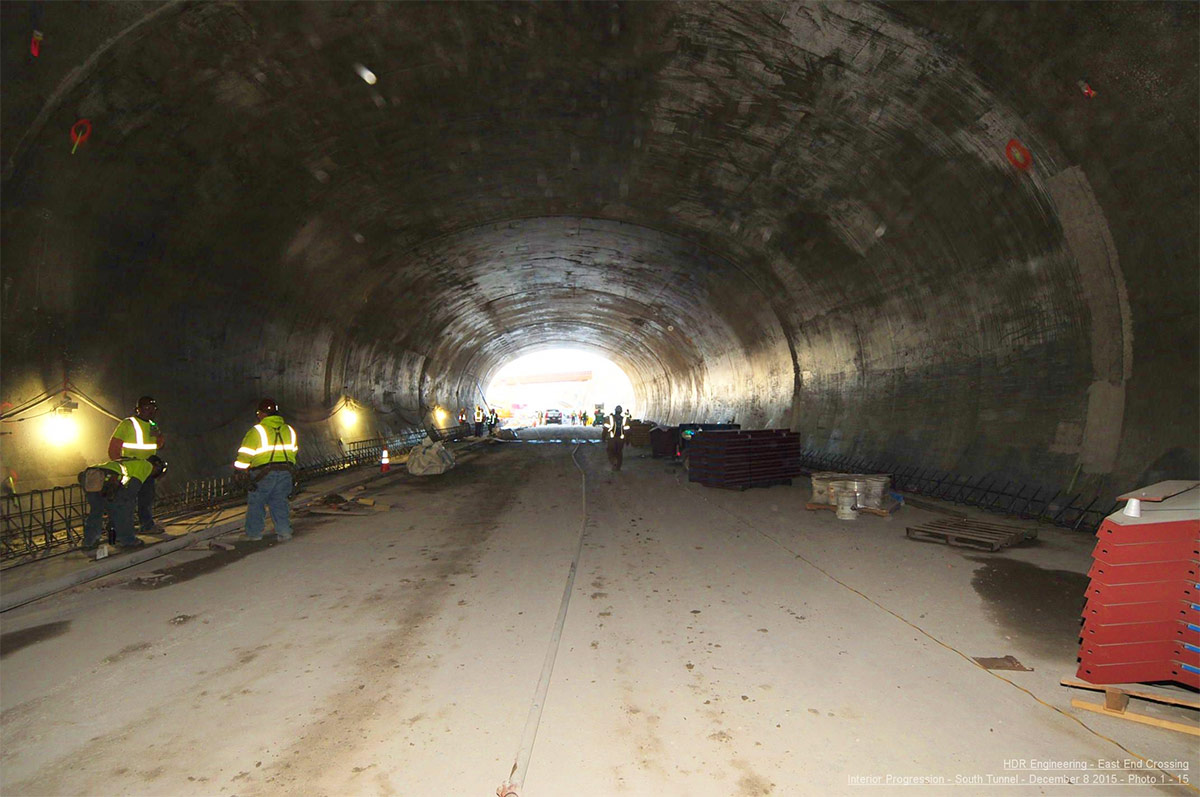
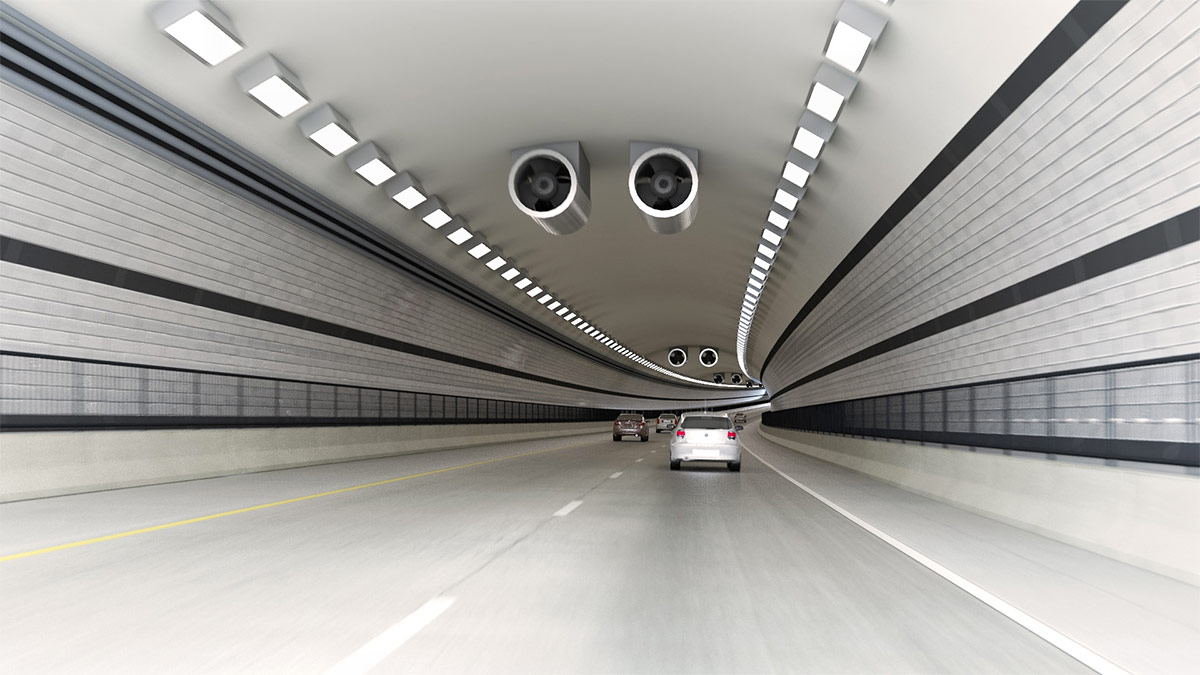
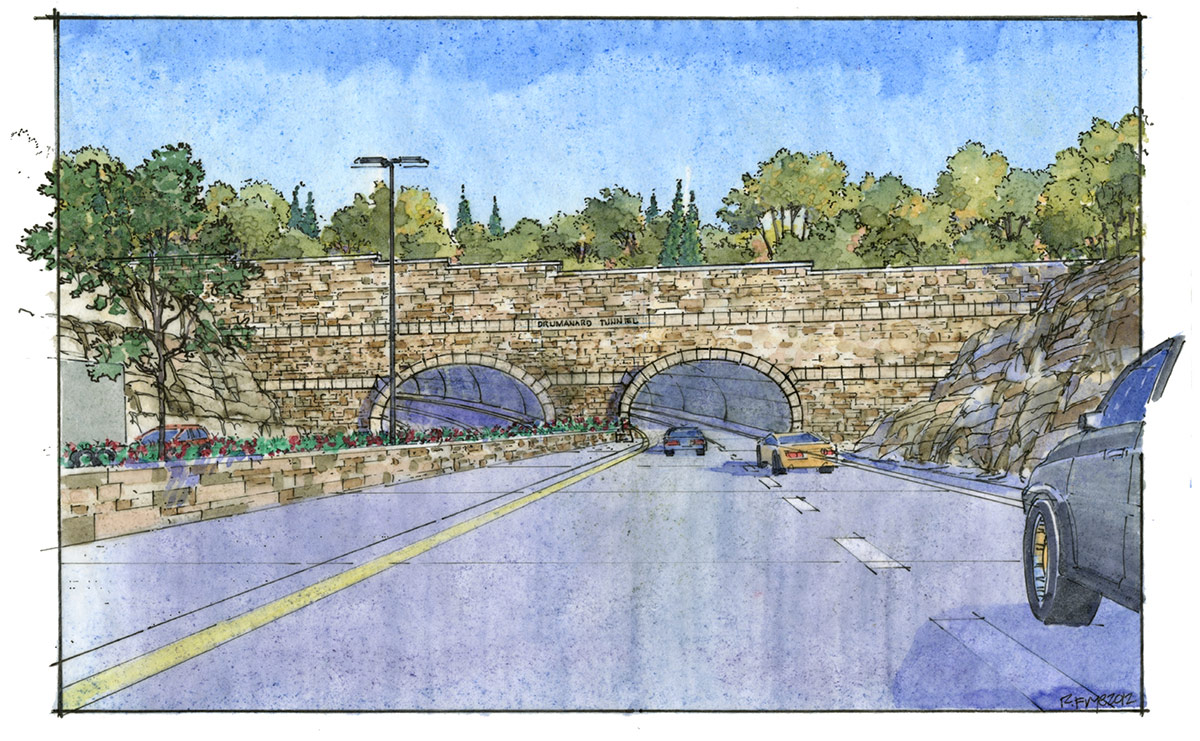
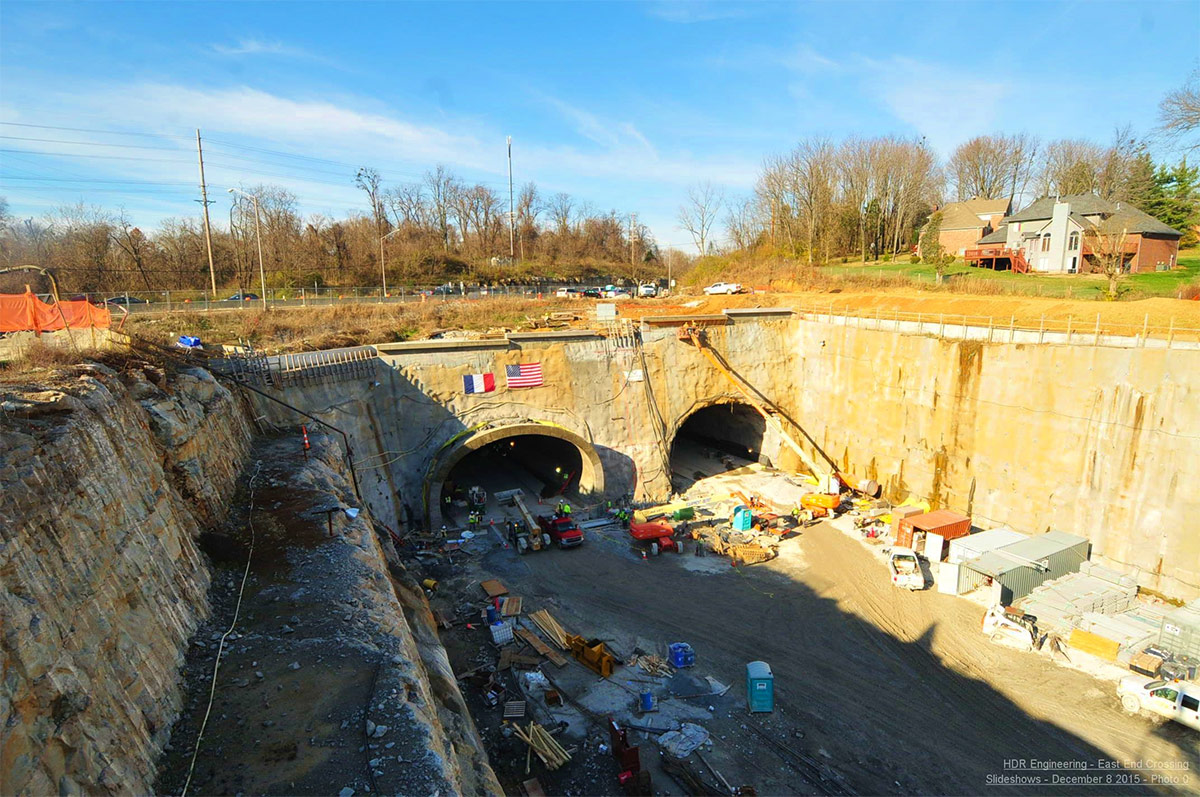

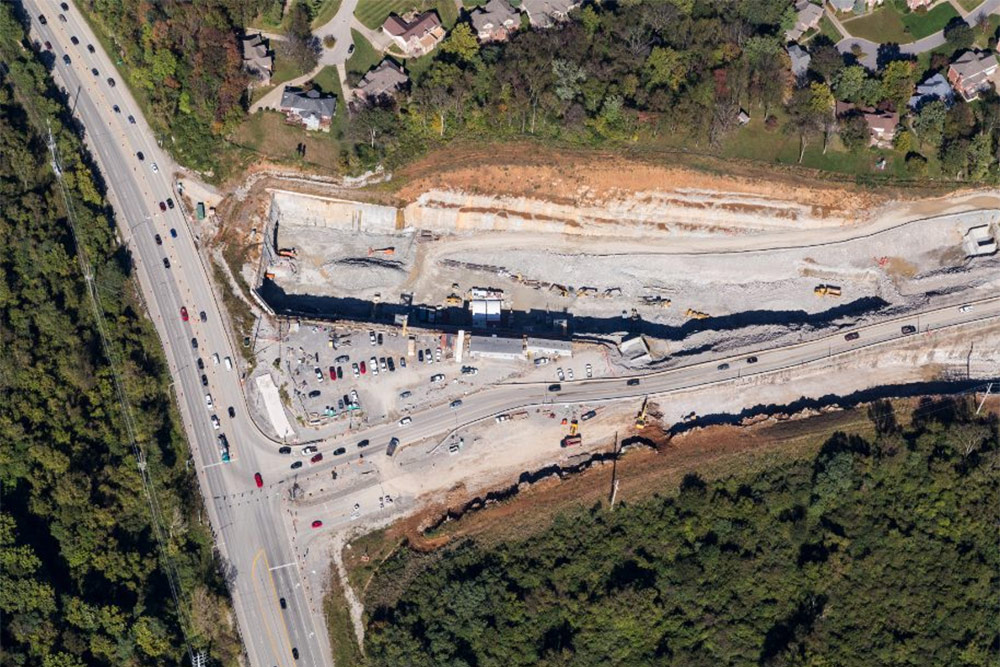

A $338.0 million dollar boondoogle:
http://www.courier-journal.com/story/news/local/2014/04/14/east-end-tunnel-construction-sight-advances/7717051/
I would think a bridge would be cheaper and provide the same result in protecting the site
$338.0 million. Sacramento built 18 miles of light rail for $228.0 million (2000 dollars):
http://www.lightrailnow.org/news/n_sac001.htm
What a waste of money!
@Frank: Protecting one mega mansion or actually spending the money on something that would be of benefit to all.
With $338 million we could conceivably build light rail from Oxmoor Center to the Bats ball park/ waterfront park. And, from the ball park through the medical center and on to U of L and then on to the airport. And, have enough left over to run more light rail from the ball park/ water front park through downtown to Portland.
But, that’s an awfully nice house we are preserving.
Seems to me the bigger story is why construction is so far behind schedule .
Kentucky corruption at its worst. Until resources are allocated based on the overall public good, rather than the narrow interest of small unscrupulous groups, the regional economy will continue to lag behind cities and counties with more transparent and rational decision making. Someone should go to prison over this.
John. The historical society did not allow the property owner to opt out of inclusion in the estates of river road the property was being held by a bank trustee who should have been given a chance to opt out. Instead the opt out letter went.to the physical property address so the legal trustee was not given a chance to opt out and the property was listed by default. An intentionAl error that pushed through the agenda of a few at the expense of all. The group causing this expenditure of public money should pay it back and others will be more thorough of guidelines later. John W Bianchi 502 599 5050